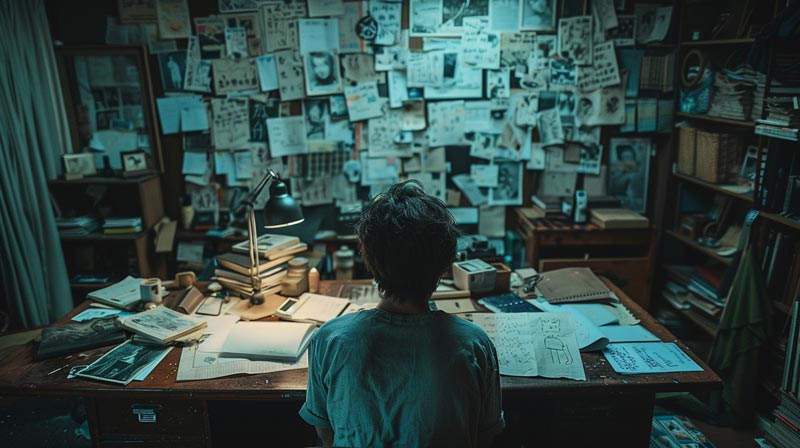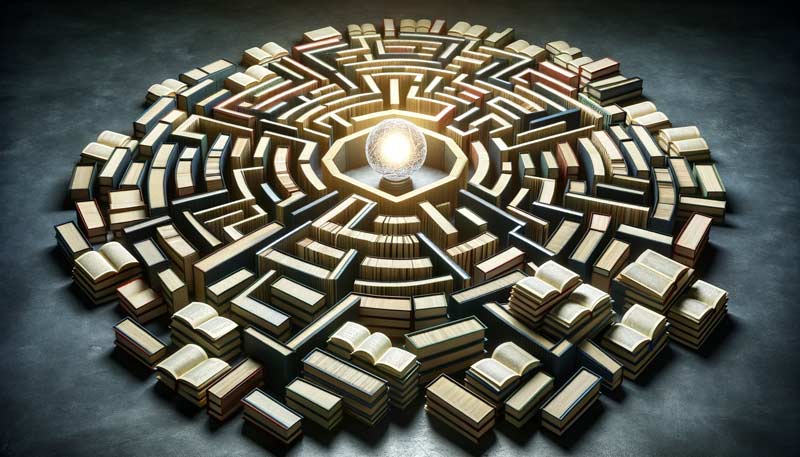My dyslexia journey has been a profound emotional experience, one that was recently illuminated by reading Barbara Arrowsmith Young’s ‘The Woman That Changed Her Brain. ‘ This book gently nudged open the doors to my own past, revealing shadows and light I had long since tucked away.
As I read through the pages detailing the author’s tumultuous relationship with learning, I reflected on my dyslexia journey. The story resonated deeply, rich with the perils and triumphs of overcoming learning difficulties. It evoked a sense of familiarity and empathy from the recesses of my own experiences.
I wrote this blog post about five months ago but failed to publish it. It wasn’t until I watched BBC’s Race Across the World Series 4, ‘The Reunion, ‘ that I remembered this post. One of the young ladies with dyslexia was outlining the impact of dyslexia on her life and her dependency on her mother.
The book was more than just a story; it was a mirror, reflecting my challenges and the strategies I deployed to sidestep the hurdles erected by dyslexia. This connection catalysed a deeper, more introspective examination of my life.
It unearthed emotions and memories that were as raw as they were real. It has given voice to the silent struggles, the victories unnoticed, and the resilience that was often mistaken for mere coping. In sharing these reflections, I hope to aid my own path to understanding and acceptance and perhaps light the way for others who might see their own dyslexia journey reflected in my story.
My Dyslexia Journey: Reflections and Resilience
Reading Barbara Arrowsmith-Young’s “The Woman That Changed Her Brain” has been an emotional experience for me. The section detailing her learning difficulties felt like reading my own story. The perils of going through education with a learning disability hit close to home, echoing my own dyslexia journey.
Her tactics to avoid reading or arithmetic by hiding in the bathroom mirror the lengths I went to prevent exposing my struggles. The ingenious but desperate strategies she employed to cope were all too familiar. Her account of becoming a workaholic from a young age just to get through school resonated deeply with my own experiences on this dyslexia journey.
I, too, found myself employing every tactic I could think of to manage my dyslexia. I avoided social situations and reading out loud at all costs, fearing the laughter and judgment of my peers. Like her, I had an exceptional memory, which became my lifeline.
I could memorise vast amounts of information, page upon page, in days. I recall a revision session in which I memorised 15 A4 sides in just two days. This ability allowed me to excel in exams, creating a facade of academic success that masked my underlying difficulties with comprehension.
However, this reliance on rote memorisation meant that I was lost when it came to tasks requiring deep understanding and needed guidance. The gap between my ability to recall information and my capacity to grasp complex concepts was vast, often leaving me feeling inadequate.
Despite these challenges, I found solace and success in sports. It provided a cover for my academic struggles. It protected me from the worst of the bullying and isolation that could have come from my reading and writing difficulties.
Growing up, I knew I was different from a very young age. By six or seven, I had become fiercely independent, having a go at the world in my own way. I was aware of my differences but still needed to understand them.
The narrative of the woman in the book, discovering the story about a soldier with a bullet in the left side of his brain and connecting with his daily struggles, was pivotal. It was as if I was hearing someone articulate my experiences for the first time, shedding light on the reasons behind my challenges.

My journey through school, college, and university was a testament to my determination to overcome the obstacles posed by dyslexia. I spent countless hours memorising facts, sacrificing social interactions to keep up with my studies.
I only dated when I was 22. I was no Chris Brown or Brad Pitt, and now I have a brain deficiency? No, thank you. I did not want to be found out. Years of feeling like an outsider battered my self-esteem. Yet, through all this, my love for sports and my natural aptitude in this area provided a much-needed escape and a way to build confidence.
This book and the woman’s story feel like a mirror to my life. Her struggles, coping mechanisms, and eventual understanding of her condition echo my own dyslexia journey of discovery and adaptation. It’s a raw and honest look at the realities of living with a learning disability but also a testament to the resilience and resourcefulness of those who get through these challenges daily.
For the first time, I can truly see what I went through as a child. Barbara Arrowsmith Young’s account of her own disability and that of other children who have entered her school is clearly laid out, and tears of relief roll down my cheeks as I read the book. I finally understand why I am the way that I am!
Analysing the Impact of Learning Difficulties
It’s evident why this narrative resonates deeply with me, especially considering my own dyslexia journey. The struggle outlined in Barbara Arrowsmith-Young’s book mirrors the complexity and emotional toll that learning difficulties can bring to an individual’s life. These challenges span from childhood through adulthood.
The account provides profound insight into the coping mechanisms, emotional struggles, and societal challenges faced by someone like me on this dyslexia journey. It highlights the importance of understanding, support, and appropriate educational strategies to help individuals effectively tackle their learning. For example, the mention of using colours as guides for mathematical operations showcases innovative ways to work around learning barriers. This emphasises the need for personalised learning approaches.
My connection with this story stresses the value of sharing personal experiences to foster greater empathy and awareness. It leaves you vulnerable to attack and laughter. However, it shows how society and educational systems can better support individuals with learning difficulties. This ensures they are not just surviving but thriving.
The journey depicted in the book also illustrates the critical role of resilience, memory, and personal strategies in overcoming academic and social challenges. However, this comes with significant emotional costs. Much like my journey, this story emphasises the need for ongoing research, advocacy, and policy development. We must create more inclusive environments and address the systemic and individual barriers that can hinder the educational and personal development of those with learning disabilities.
The book’s detailed emotional and cognitive challenges offer crucial insights to educators, policymakers, and society. It advocates for a more nuanced understanding of learning difficulties and the need to address the obstacles individuals with dyslexia face.

Closing Thoughts on Overcoming Learning Challenges
The parallels between my experiences and those described in the book show a shared struggle that many individuals with learning disabilities face, often in silence. The avoidance of social situations, the fear of judgment, and the intense pressure to keep up with peers without revealing your difficulties are common themes that many can relate to.
My journey also illustrates the importance of recognising and embracing one’s differences and understanding that the challenges faced can be sources of strength. Much like my own, the character’s story in the book serves as a powerful reminder of the need for empathy, support, and tailored educational approaches that consider the individual needs of students on their unique dyslexia journey.
Yet, despite these challenges, my success in sports and my ability to achieve academically show a remarkable strength of character and adaptability. The fact that I’ve been able to tackle these challenges and pursue higher education, culminating in a PhD, speaks volumes about perseverance and the ability to adapt.
It also highlights the potential for individuals with dyslexia and other learning disabilities to achieve great things when they find strategies that work for them and receive the necessary support. My story is a compelling testimony to the resilience of the human spirit and the capacity to overcome significant obstacles on this dyslexia journey.
Barbara Arrowsmith Young’s book has allowed me, for the first time, to begin to understand why I am the way that I am. My dyslexia shaped my personality and work ethic. I continue to struggle with self-confidence, but I long ago saw dyslexia as my superpower, as it allows me to see things in ways that others cannot. It enables me to break down complex problems into bite-size issues, something my kids, athletes, and students I have taught appreciate.
I will publish future posts on Barbara Arrowsmith Young’s book The Woman That Changed Her Brain, which contains essential findings to seed thoughts in many minds. It also sheds light on neuroplasticity, a topic I am quickly falling in love with!


